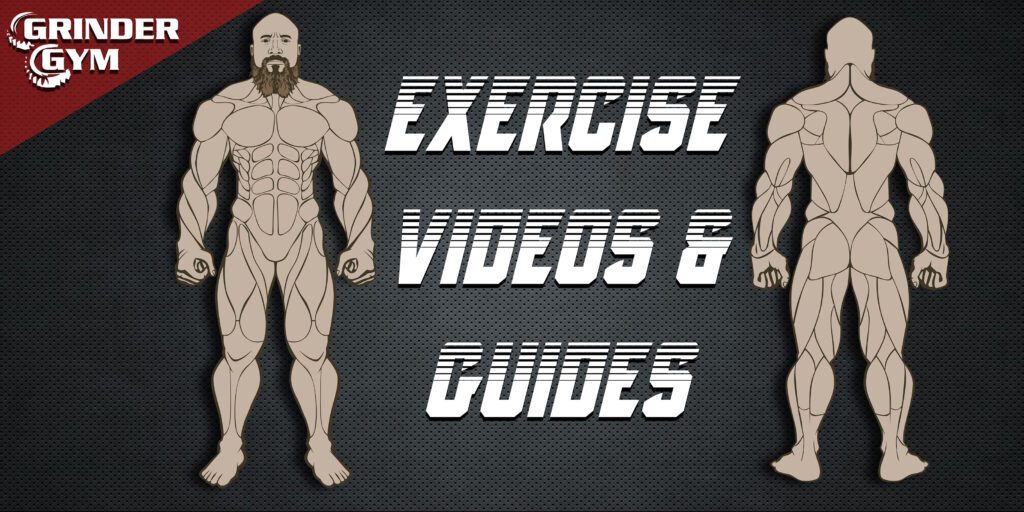Adding eccentric training to your workout routine can provide several unique benefits that complement traditional concentric (lifting) and isometric (static) exercises. Eccentric training, also known as negative training, involves focusing on the controlled lengthening of muscles under load. During eccentric contractions, the muscle fibers lengthen as they generate force, resisting the pull of gravity or an external load. Here are some of the benefits of incorporating eccentric training into your workouts:
- Increased Muscle Strength: Eccentric training places a greater load on the muscles during the lengthening phase, leading to increased muscle activation and recruitment. This can result in greater strength gains, especially in the muscles being targeted.
- Muscle Hypertrophy: Eccentric training has been shown to be particularly effective in stimulating muscle hypertrophy or muscle growth. The higher levels of muscle tension during the lengthening phase can induce more significant muscle damage and subsequent repair and growth.
- Improved Muscle Control: Eccentric training helps improve muscle control and coordination. The controlled lowering of weights or resistance during the eccentric phase requires enhanced neural activation and motor unit recruitment.
- Joint and Tendon Strength: Eccentric training can help strengthen tendons and connective tissues around joints, leading to increased joint stability and injury prevention.
- Increased Range of Motion: By emphasizing the eccentric phase, you can work on improving your range of motion in certain exercises, which can be beneficial for functional movements and athletic performance.
- Metabolic Stress and Fatigue: Eccentric training places significant metabolic stress on the muscles, leading to increased metabolic adaptations, which can contribute to fat loss and improved body composition.
- Injury Rehabilitation: Eccentric training is often used in injury rehabilitation. The controlled nature of the eccentric phase allows for a safe and targeted approach to strengthening injured muscles and connective tissues.
- Sport-Specific Performance: Eccentric training can be particularly beneficial for athletes, as many sports involve eccentric muscle actions (e.g., running, jumping, decelerating, changing direction).
- Time Under Tension: Eccentric training increases the time under tension for the muscles, which is an essential factor in muscle growth and overall strength development.
Examples of eccentric training include the eccentric phase of a biceps curl (lowering the weight back down), the negative portion of a bench press (lowering the barbell to the chest), and controlled descending movements in bodyweight exercises like push-ups or squats.
It’s important to note that eccentric training can cause significant muscle soreness and may require more extended recovery periods compared to traditional concentric training. Therefore, it’s essential to incorporate eccentric exercises progressively and ensure proper form and technique to minimize the risk of injury. As with any specialized training, it’s advisable to seek guidance from a fitness professional or trainer to design an appropriate and effective eccentric training program based on your individual goals and fitness level.

